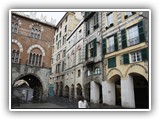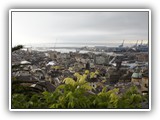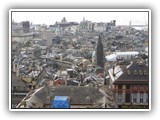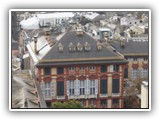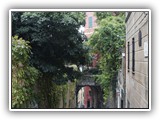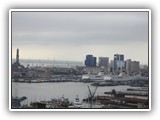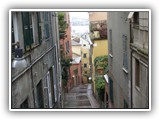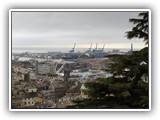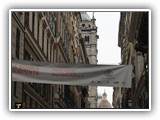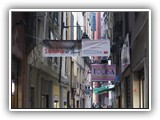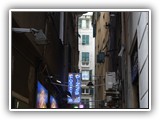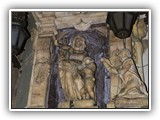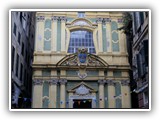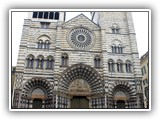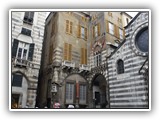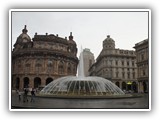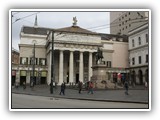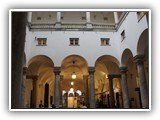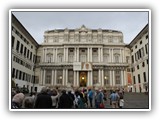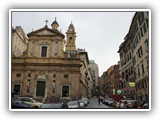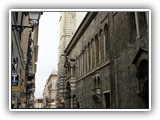Between the sea and the Apennines, the city stretches along a narrow coastal strip for 30 kilometres along the Italian Riviera. The city is densely built up, large squares are rare in the centre, but winding alleyways are everywhere. The houses are generally 7-8 storeys high and even Genoa's boulevard, Via Garibaldi, is only 7.5 metres wide and the magnificent Renaissance palaces that can be admired there suffer somewhat from this narrowness.
The city has one of the most important harbours in the Mediterranean, which is very popular as a starting point for cruises in the Mediterranean. There are also many ferry connections from here, e.g. to Sicily, which we took advantage of.
Genoa has one of the oldest universities in Italy, which was founded in 1471. In the Middle Ages, the city was one of the 4 Italian maritime republics (alongside Venice, Pisa and Amalfi) and one of the most powerful trading cities in Italy. The city experienced its political and cultural heyday in the 16th and 17th centuries under the Doge and Admiral of the Fleet Andrea Doria.
Over the last 20 years, Genoa has undergone a profound transformation, which is best illustrated by the Porto Antico, the old harbour. Once an economic and commercial centre, it is now a tourist port for hundreds of boats and yachts and a cultural centre which, with its famous seawater aquarium and other museums, has become one of the most important tourist attractions in north-west Italy. On the occasion of the 500th anniversary of the discovery of America by Christopher Columbus, who was born in Genoa, the world exhibition Expo'92 was held here in 1992 and in 2004 Genoa was the European Capital of Culture.
Photos of Genoa

